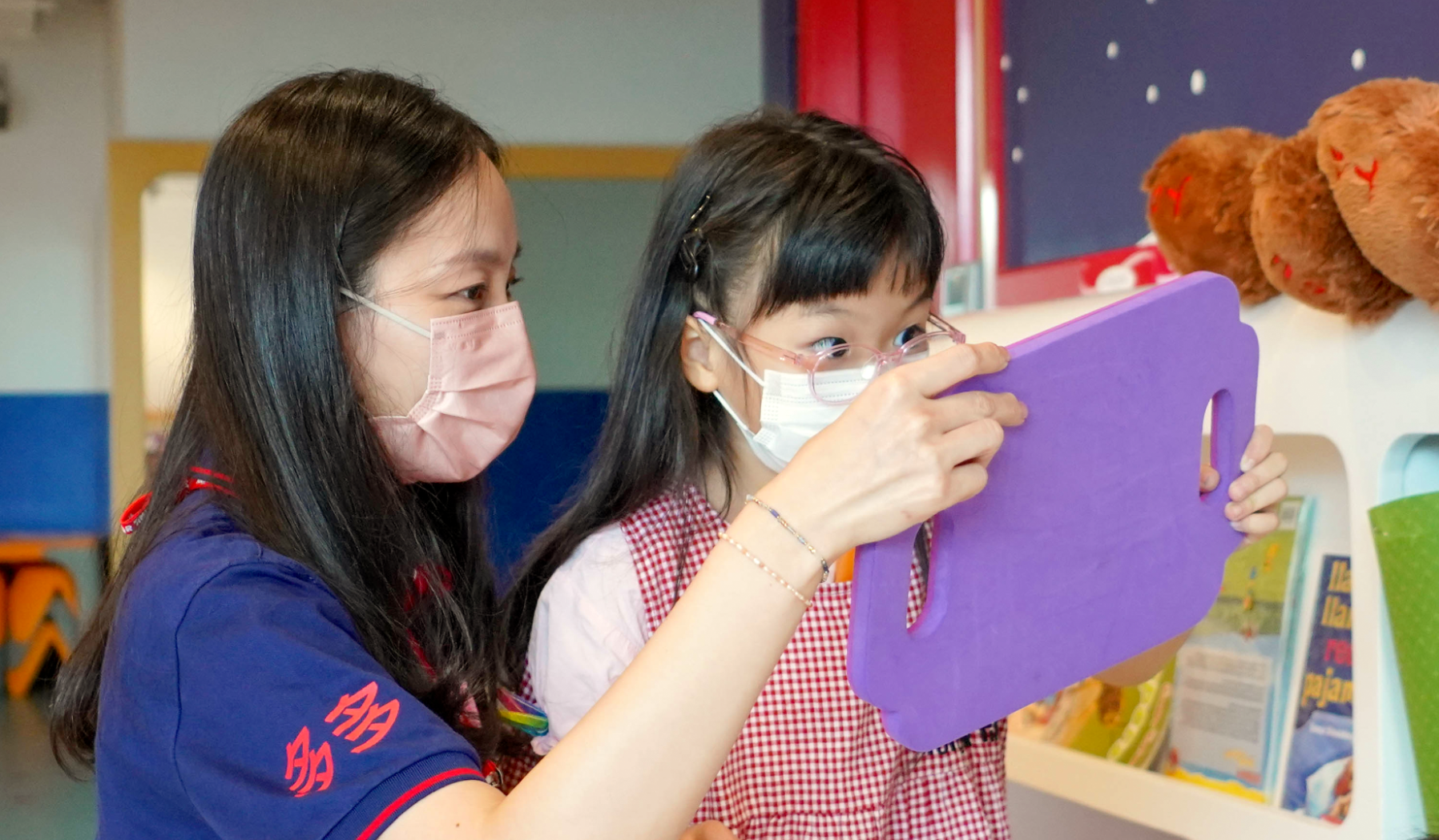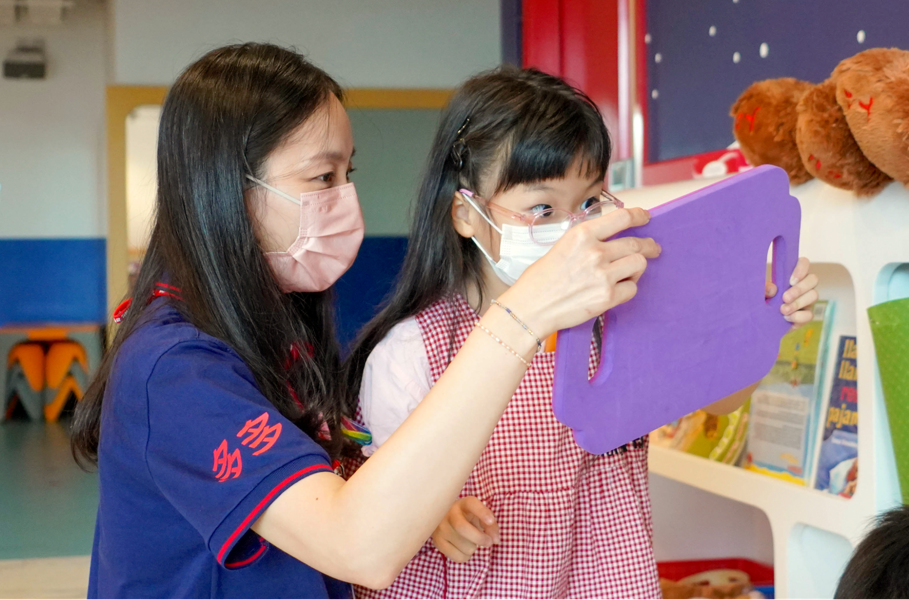In a competitive educational landscape like Hong Kong, primary school admissions can be almost as stressful as university admissions. While most primary schools have their own application and admission process, many families will go one step further by preparing a primary school portfolio for their children. This article will walk you through what exactly a portfolio looks like, how to create your own portfolio for primary school application, and primary school portfolio examples to inspire your own. Hopefully, this will help take a load off of you and your child as you prepare for primary school applications.
What is a primary school portfolio
A primary school portfolio, or sometimes known as a ‘file’ for primary 1 interview, is a collection of materials that help differentiate your child from other applicants. Think of it as a highlight reel of what makes your child a unique applicant. The content of the portfolio often ranges from simple family background information to your child’s awards and achievements. In most cases, at least one of your target primary schools will accept a portfolio so it’s a good idea to prepare one.
Why a portfolio for primary school is important
Primary school portfolios became a lot more prominent during the pandemic years as it replaced a lot of the in-person interview processes. But even before then, portfolios were important in helping children stand out from the crowd, and also allowed schools to efficiently and effectively understand each applicant. Primary school portfolios also help schools figure out if your child is a good fit for the school’s education system and philosophy, so it’s important to tailor each portfolio to the target school.
How to create a primary school portfolio
The technical side of creating a portfolio for primary school is often overlooked. While looks aren’t everything, they are definitely important for making a good first impression. For those of you who are well-versed in Microsoft Word, PowerPoint, Adobe Illustrator etc, you will likely have no problem creating a portfolio layout. For those with less experience, we recommend using apps like Canva. Canva is free to use, loaded with templates and graphics, and makes putting together a portfolio a breeze. After designing everything, be sure to figure out where you can print it out, whether that’s at home, your office, or a print shop.
What to include in a portfolio for primary school application
Generally speaking, if your target school has their own list of criteria, fulfill their criteria first before adding extra information. If not, here are some standard things to consider including:
- A folder
- Cover letter
- Personal information (i.e. birth certificate)
- Academic reports
- Awards / Certificates / Achievements (if applicable)
- Letter of recommendation from your child’s preschool
- Photos
- Additional information that highlights your child’s strengths
Cover Letter
This is usually a summary of the content of your child’s portfolio. First, you should address the school principal. Then, you can talk about why you are writing this letter, and why the target school would be a good fit for your child. Great cover letters will also weave in a few key highlights that differentiate your child from other candidates without sounding overly pretentious. Try to keep the cover letter length to one A4 page, and finish the letter with your thanks, and leave a way to be contacted such as your phone number or email address.
Awards / Certificates / Achievements
In most cases, more is not always better. Be picky and only include those that are more widely recognized and that make your child stand out. If you don’t have any, don’t worry. Use the other parts of the portfolio to highlight your child’s unique talents and strengths.
Photos
Choose recent photos of your child, especially ones that complement your portfolio. Include a standard headshot, school photos and photos that showcase your child’s personality, hobbies, and interests. Some ideas include active photos of sports, quiet activities like reading and crafts, family activities, and anything else that accurately represents your child.
Tips to create a portfolio that fits your target school
Besides following your target school’s portfolio requirements, here are some additional things to consider as you create your child’s portfolio for primary school.
Keep the portfolio simple
Each primary school receives hundreds of portfolios each year. They may not always go through each one in great detail, so keeping your portfolio simple will help them understand all the key points that you are trying to communicate.
Tailor the portfolio to the target school
If you are considering many different schools, don’t just make one general portfolio for all the schools. You should make changes to each portfolio to ensure they align with the school’s mission and vision.
Choosing the right language
First, you should figure out if the target school mainly operates in English or Chinese. You can infer based on whether the school is local or international, or from their website and social media. After you decide what language to use for that school, stick to that one language for the whole portfolio.
Be genuine
While it’s important to tailor the content of your portfolio to the target school, you also want to come across as genuine and sincere. This will largely be reflected in your cover letter.
Primary school portfolio examples
We’ve created a primary school portfolio example for you to take a look. Remember that your portfolio may look different, be longer or shorter, or have a different layout- and that’s fine. Just remember to keep it clear and concise. You can download the sample portfolio here.
Conclusion
Creating a primary school portfolio might be important for primary school admissions, but it’s not the be-all and end-all of your child’s primary school education. After all, a portfolio for primary school is supposed to reflect your child as a real person, their real-life experiences with their family, and their real interests and hobbies. School admissions officers and principals see hundreds of applications a year and it’s easy for them to discern the ones that are genuine and the ones that are just for show. So remember, when you’re going to the museum with your child and taking photos for their portfolio, you should also focus on being present and enjoying that time together.

